Smartphone photography just took a wild turn. The Oppo Find X9 Pro introduces something we’ve never seen before: a detachable Hasselblad zoom lens that reimagines what is possible with mobile photography. Not just another incremental camera update. A phone with a lens you click on and off? Yes. The device features a sliding attachment system that transforms your phone’s built-in telephoto into something approaching professional camera territory, according to Wired. The device launched globally on October 28, as reported by TechRadar, bringing this system to photography enthusiasts worldwide. The hook is simple, it bridges smartphone convenience with traditional camera versatility.
How the detachable lens system actually works
From our extensive testing of modular camera systems, the engineering approach here goes straight at the optical limitations that have long plagued phones. The system uses a sliding attachment that covers the entire camera island when mounted, according to Yahoo. Twist, click, done. The lens locks over the existing telephoto camera, as detailed by Wired. You get an additional 3.28x magnification that turns the phone’s native 70 mm telephoto into an effective 230 mm powerhouse, reports TechRadar.
That reach solves a classic smartphone problem, real telephoto without cramming more glass inside a wafer-thin body that usually tops out around 120 mm equivalent. The attachment mechanism combines magnetic and clip-based mounting for secure installation, according to Chinese tech sources. A nice touch, the magnetic case lets the handle rotate 90 degrees for both landscape and portrait shooting.
What this means for zoom photography performance
Having analyzed similar high-resolution telephoto systems, the Find X9 Pro starts strong even before you add anything. The 200-megapixel telephoto sensor delivers crisp 3x optical zoom and sharp 6x shots through intelligent cropping, notes Wired. Oppo claims 13.2x lossless zoom without attachments, and digital zoom runs to 120x, with returns dropping fast past 30x. Do you need 120x? Probably not, but it is there.
Clip on the Hasselblad teleconverter and you get full-sensor captures at 230 mm equivalent, with cropped options reaching 460 mm at 50 MP and 920 mm at 12.5 MP, according to TechRadar. That puts wildlife scenarios within reach that usually demand super-telephoto glass.
The lens construction tackles the typical teleconverter headaches. It uses aerospace-grade glass filter and specialized coatings to reduce stray light and infrared interference, reports from Chinese sources indicate, so resolution stays high with the teleconverter attached. Instead of leaning entirely on heavy digital processing at extreme ranges, testing shows it can capture subjects at distances approaching 600 meters with striking detail, PhoneArena confirms.
The trade-offs you need to consider
Let’s be honest about the practical limits. The attached lens blocks the other camera sensors while it is mounted, Yahoo testing reveals. No ultra-wide, no main camera, not until you remove it. During a recent wildlife session, switching from an ultra-wide landscape to telephoto meant fully dismounting the lens. It is quick, yet still a speed bump when moments are fleeting.
Reviewers ended up using the detachable lens less often than expected because of the setup, according to hands-on reports. Try catching a bird taking flight while swapping gear. Or a kid’s blink-and-miss-it expression. Convenience matters.
There is also bulk. The carbon fiber protective case helps keep weight down, Chinese reviews note, but you are still carrying more than a typical phone-only kit. When image quality takes priority over ease, the effort pays off. The teleconverter delivers optical performance comparable to devices like the Vivo X300 Pro, testing comparisons show, while offering flexibility for niche shots that would otherwise need dedicated equipment.
Where smartphone photography goes from here
This detachable lens is more than a party trick, it hints at a shift toward modular smartphone photography that could shape future flagships from Samsung, Apple, and others, as industry analysis suggests. The Find X9 Pro shows brands are willing to bend the rules of integrated camera design, leaning on external add-ons when you need them, keeping a clean pocketable shape when you do not.
The Hasselblad collaboration brings real optical know-how, not just a logo. It covers lens construction quality, specialized coatings, and system engineering. OPPO states the Find X9 Pro supports 4K at 120fps Dolby Vision on the main camera and extends that capability to the 200MP telephoto, underscores that the hardware can carry pro-grade features when executed well.
For photography enthusiasts, the Oppo Find X9 Pro offers something genuinely different in a market crowded with small steps. The success of this modular idea will come down to how people weigh convenience against capability. Either way, it opens a fresh chapter in mobile photography, where the line between phone and dedicated camera keeps blurring in surprising ways.




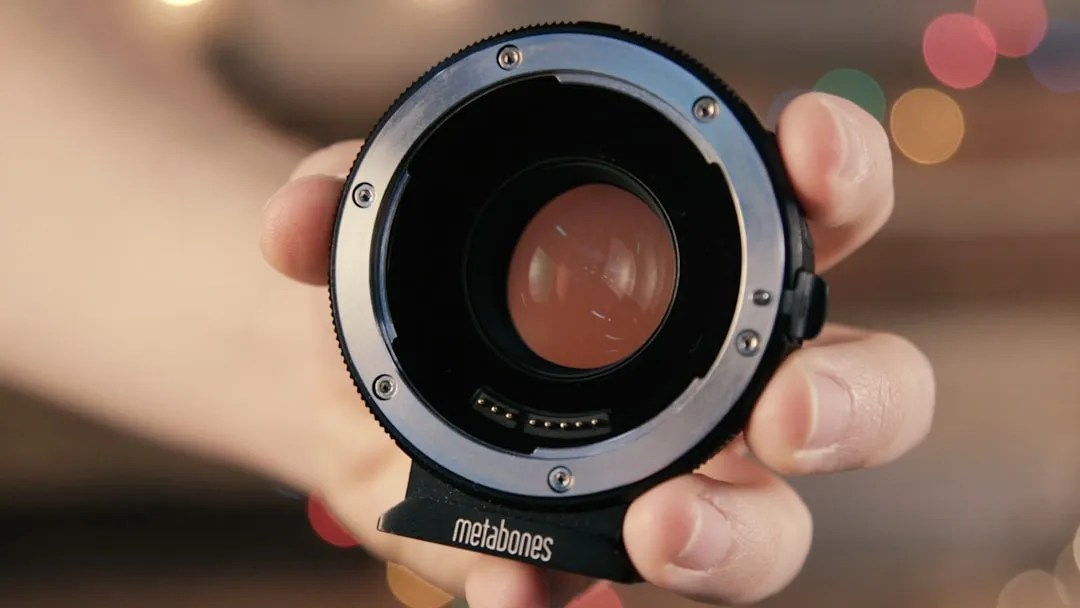

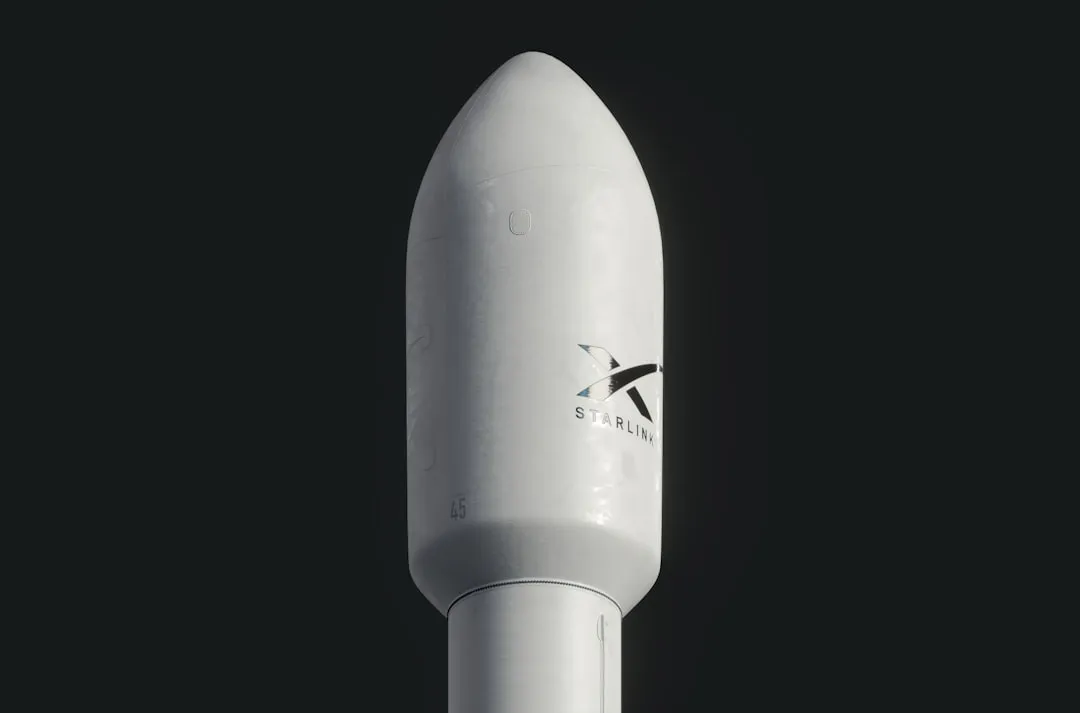

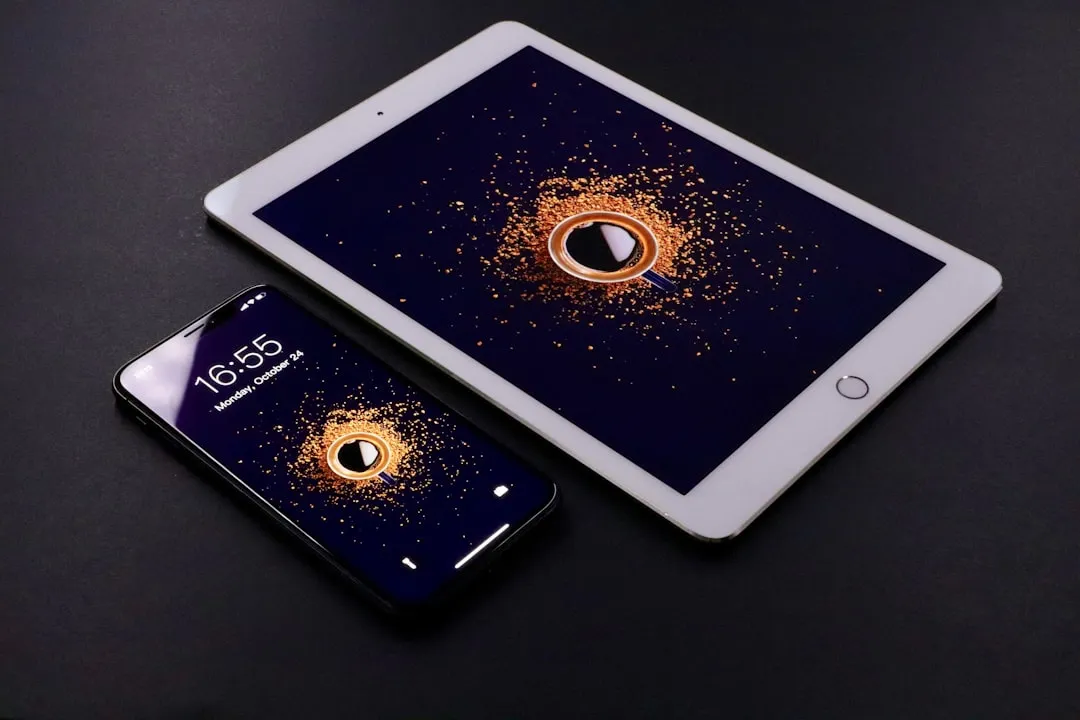
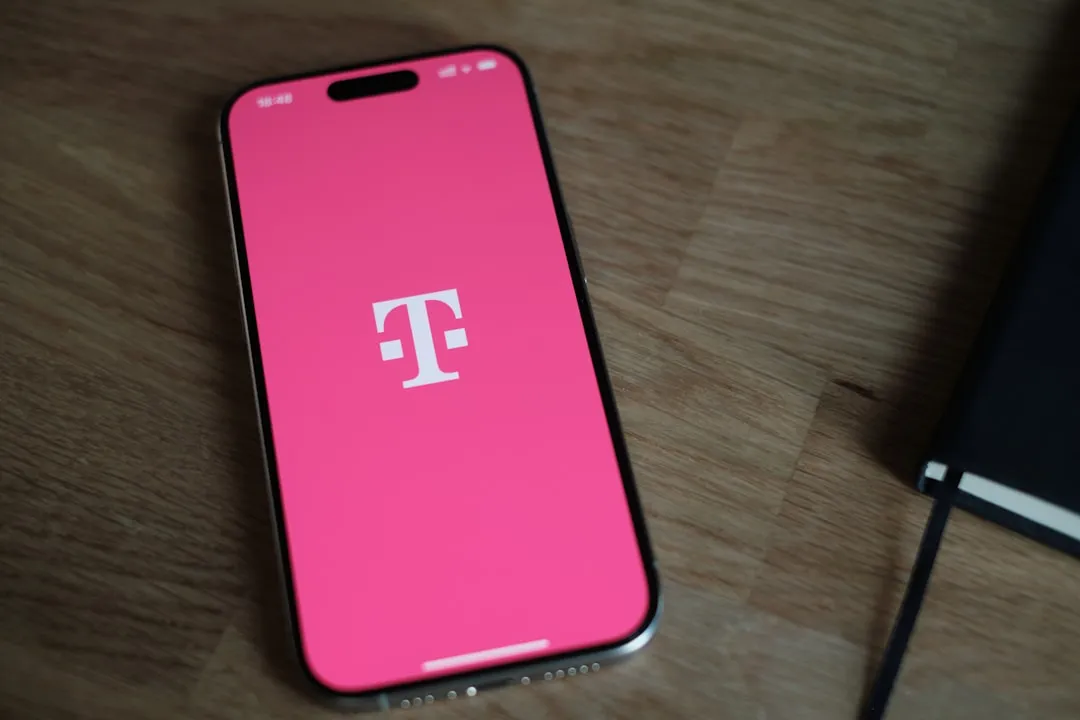
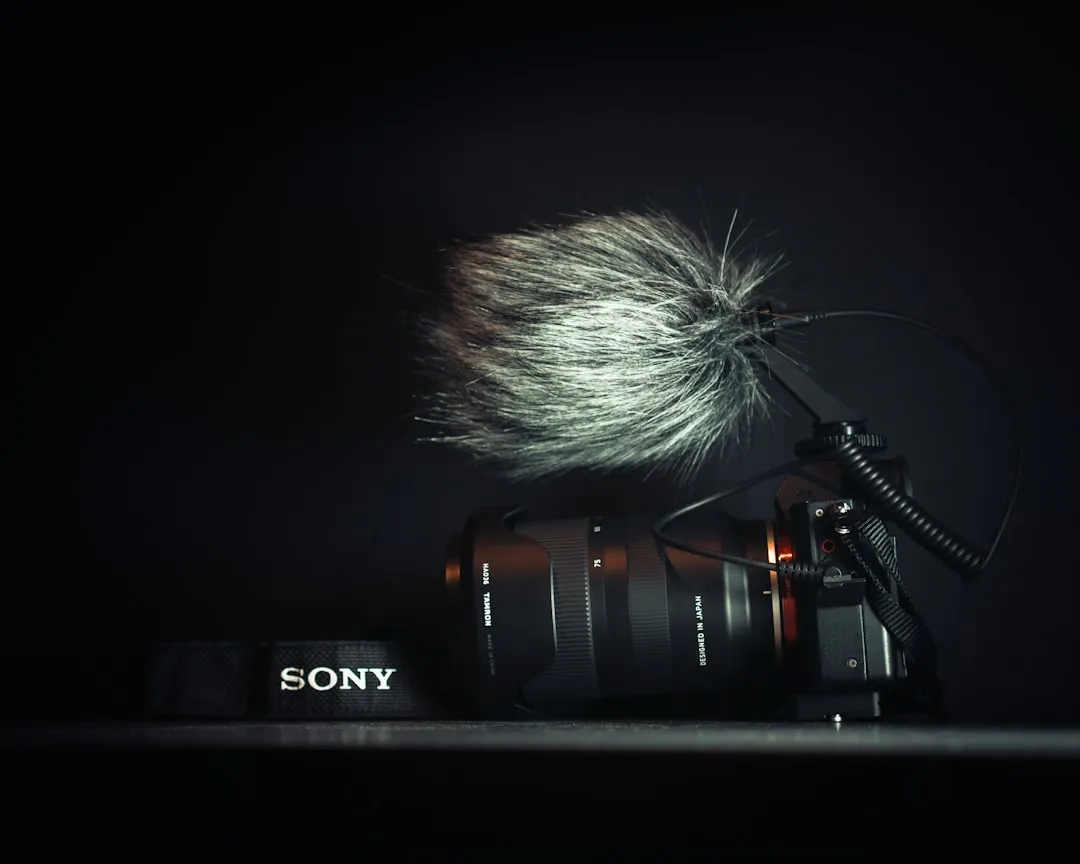
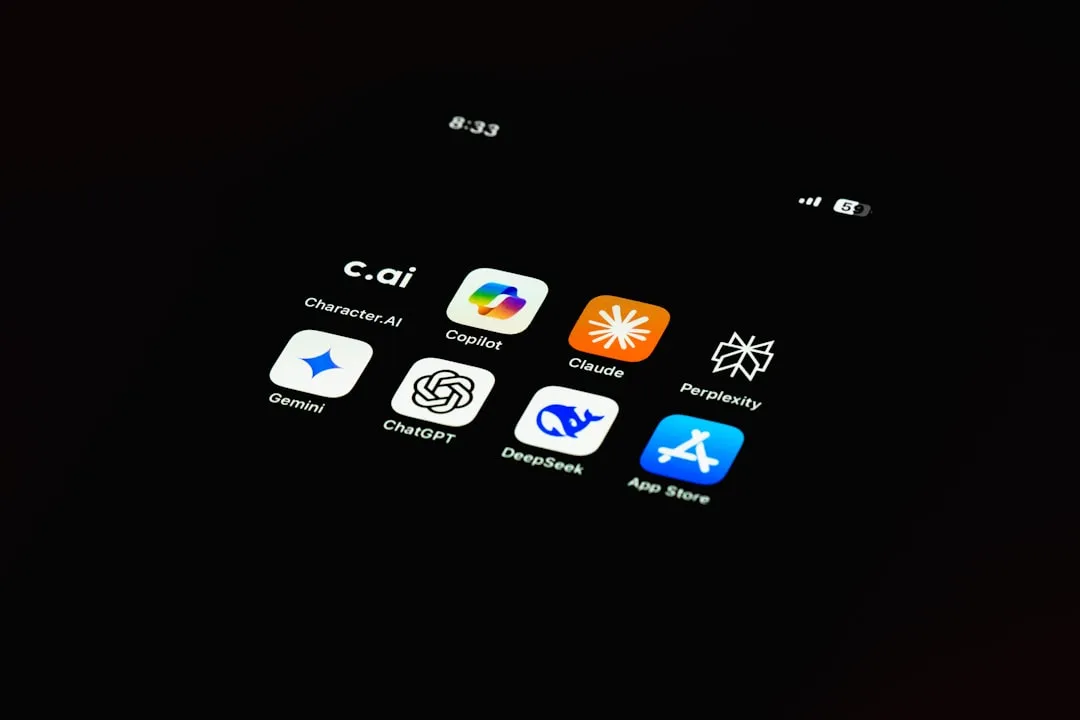


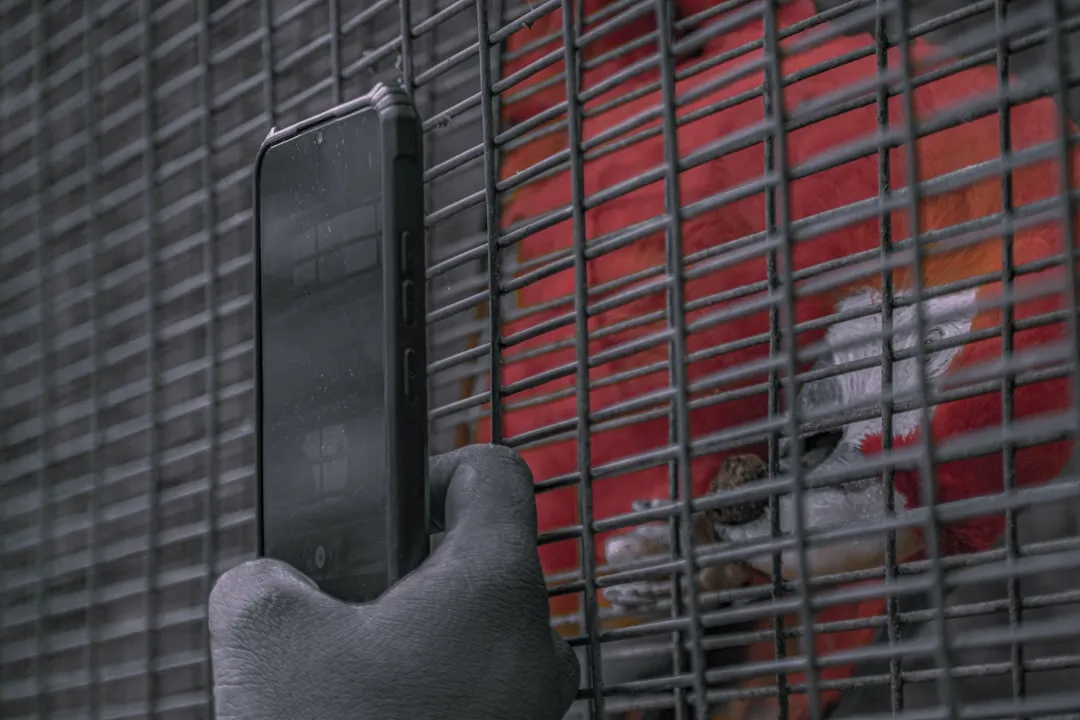

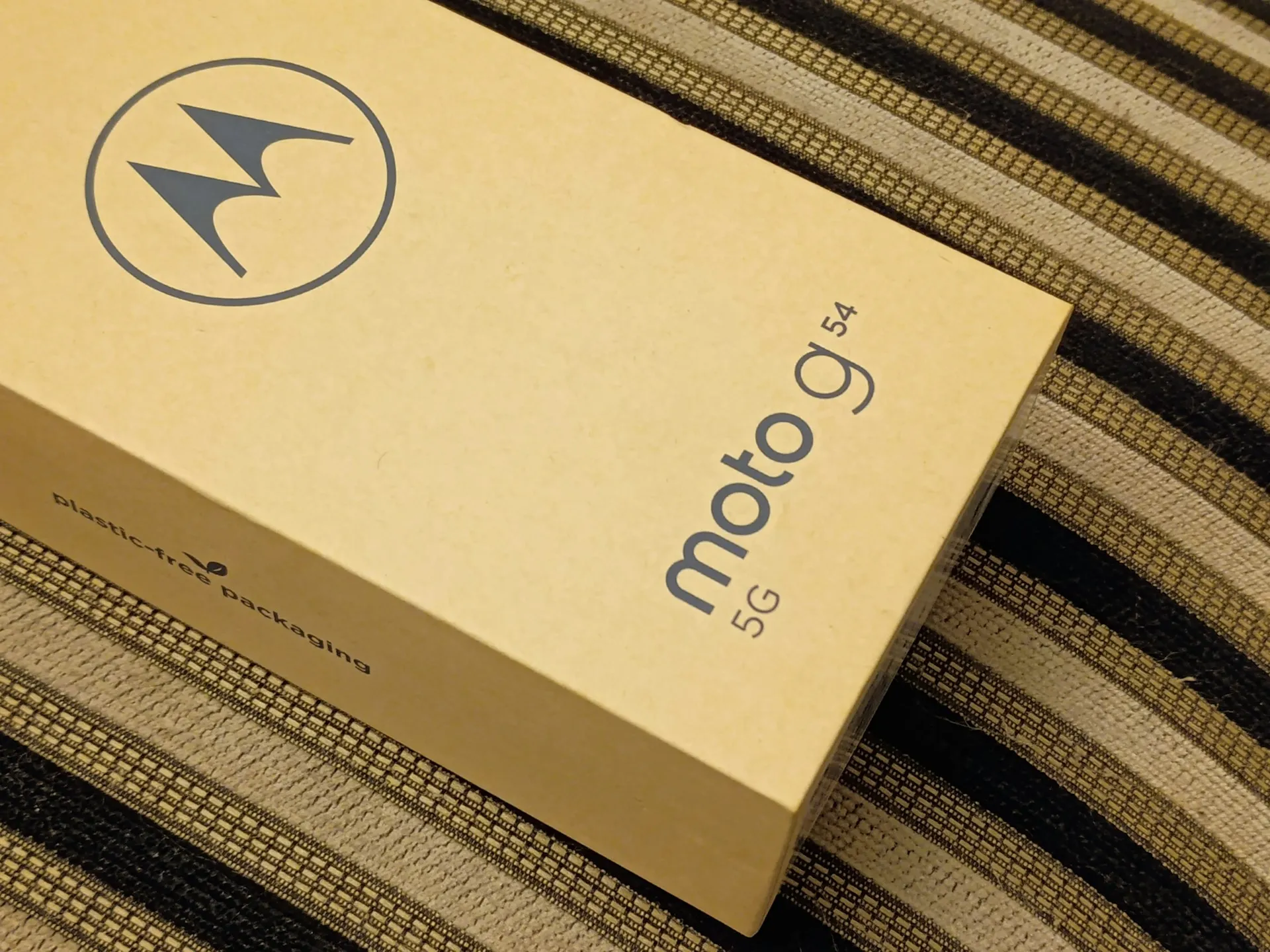

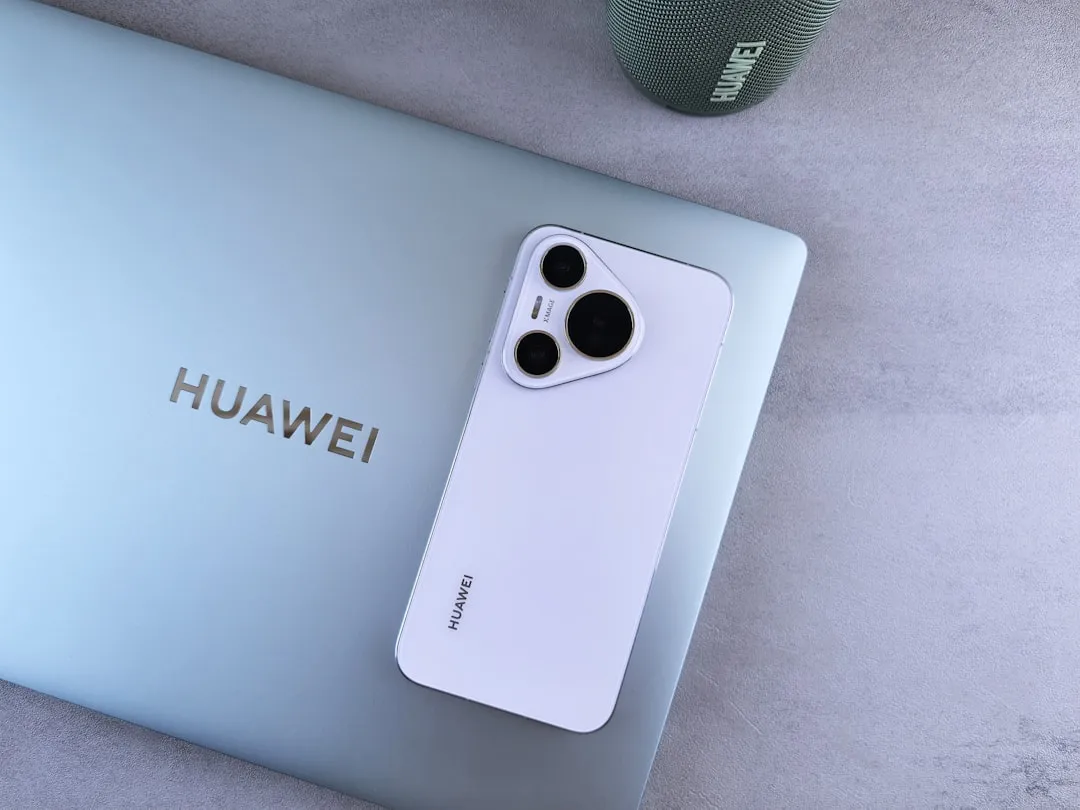
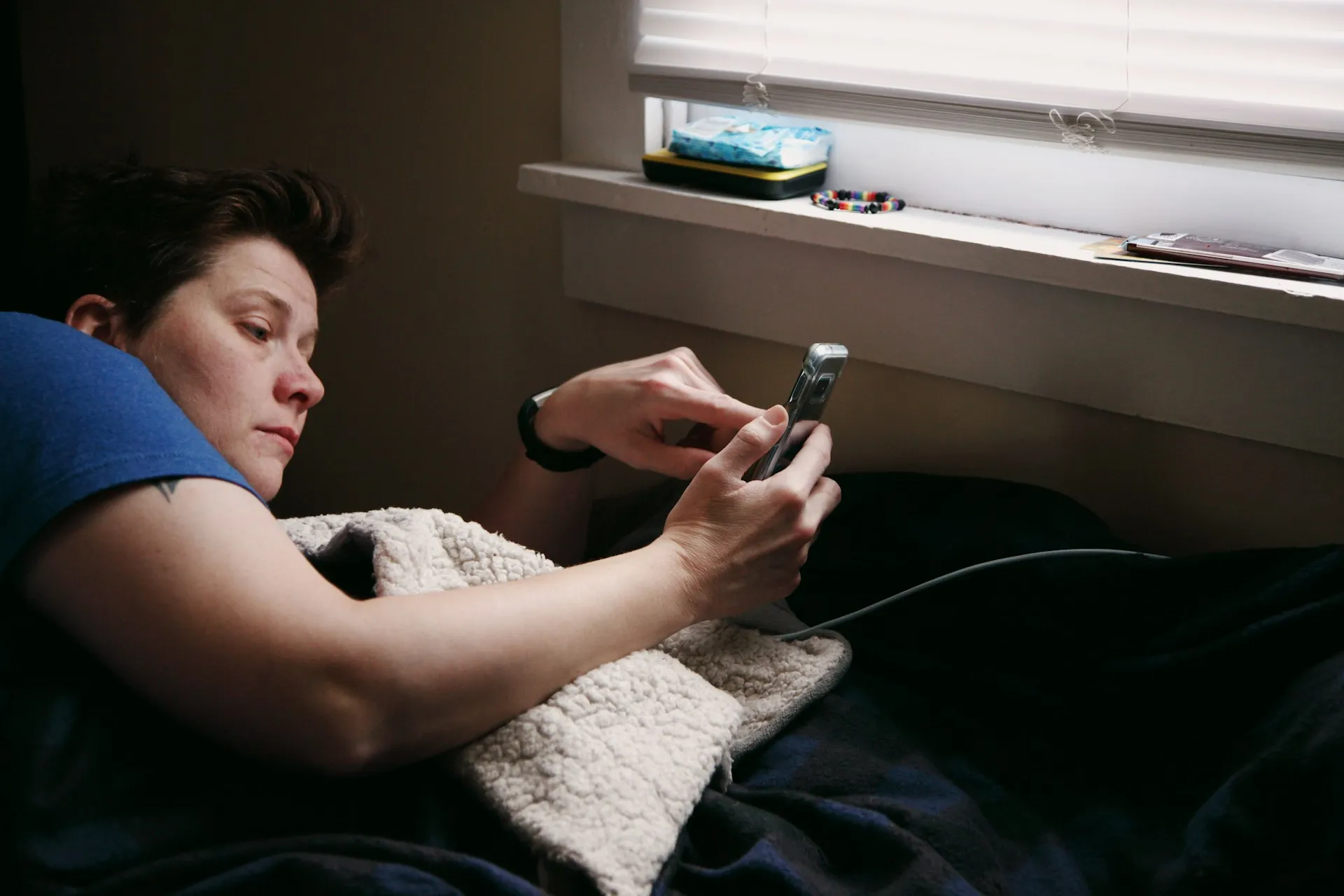
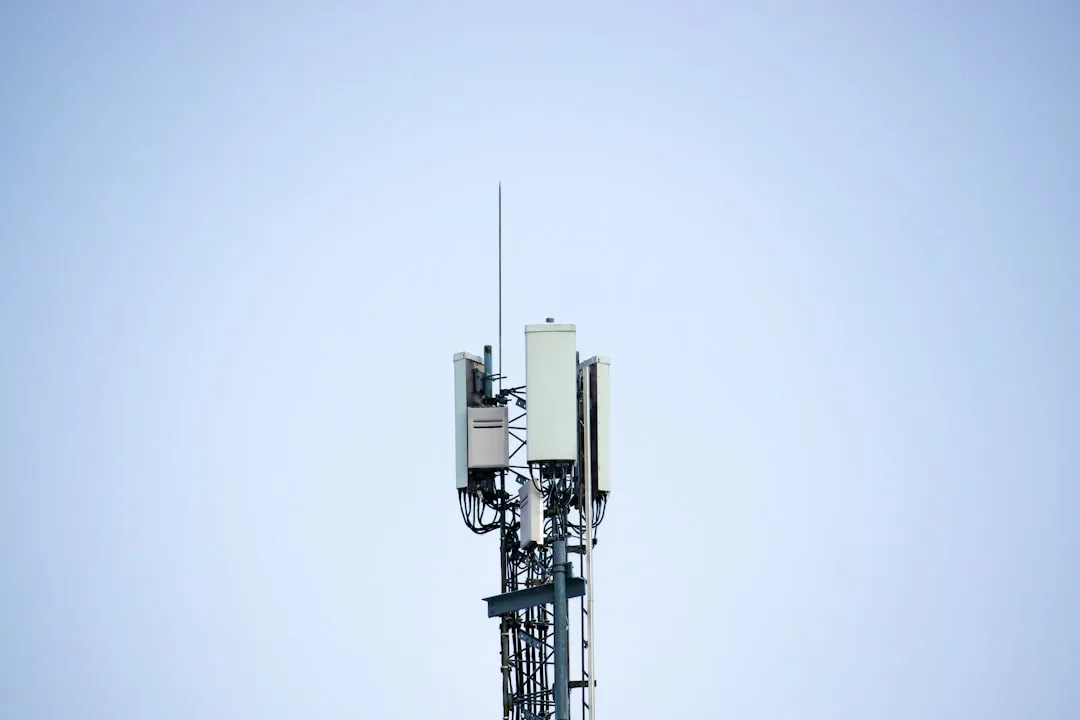
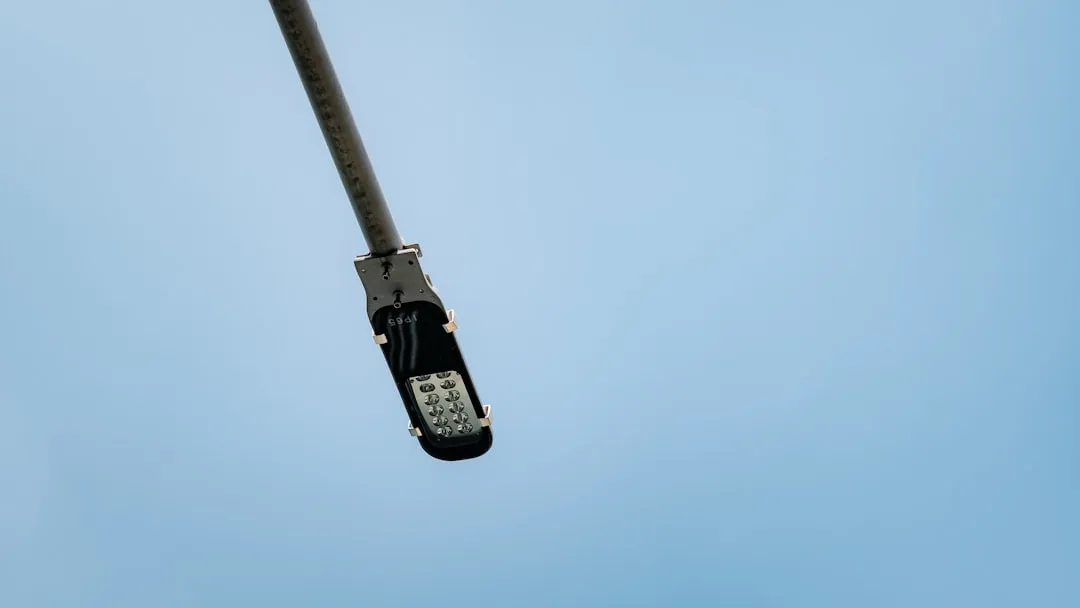

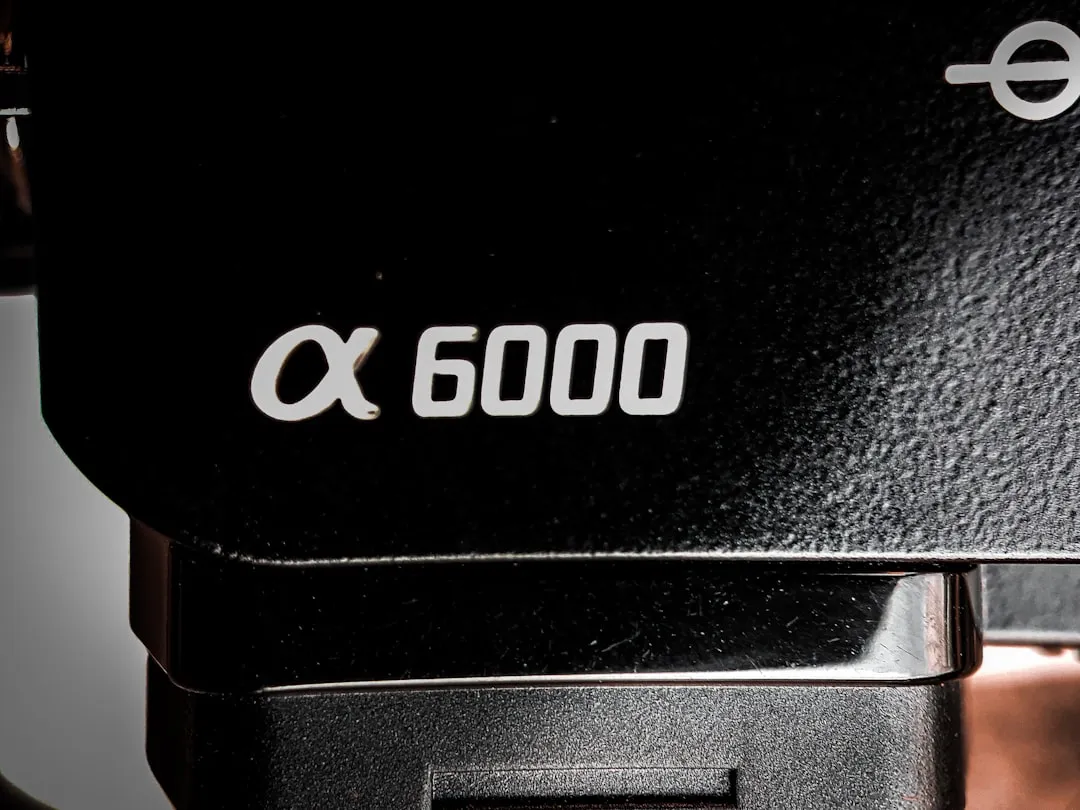

Comments
Be the first, drop a comment!